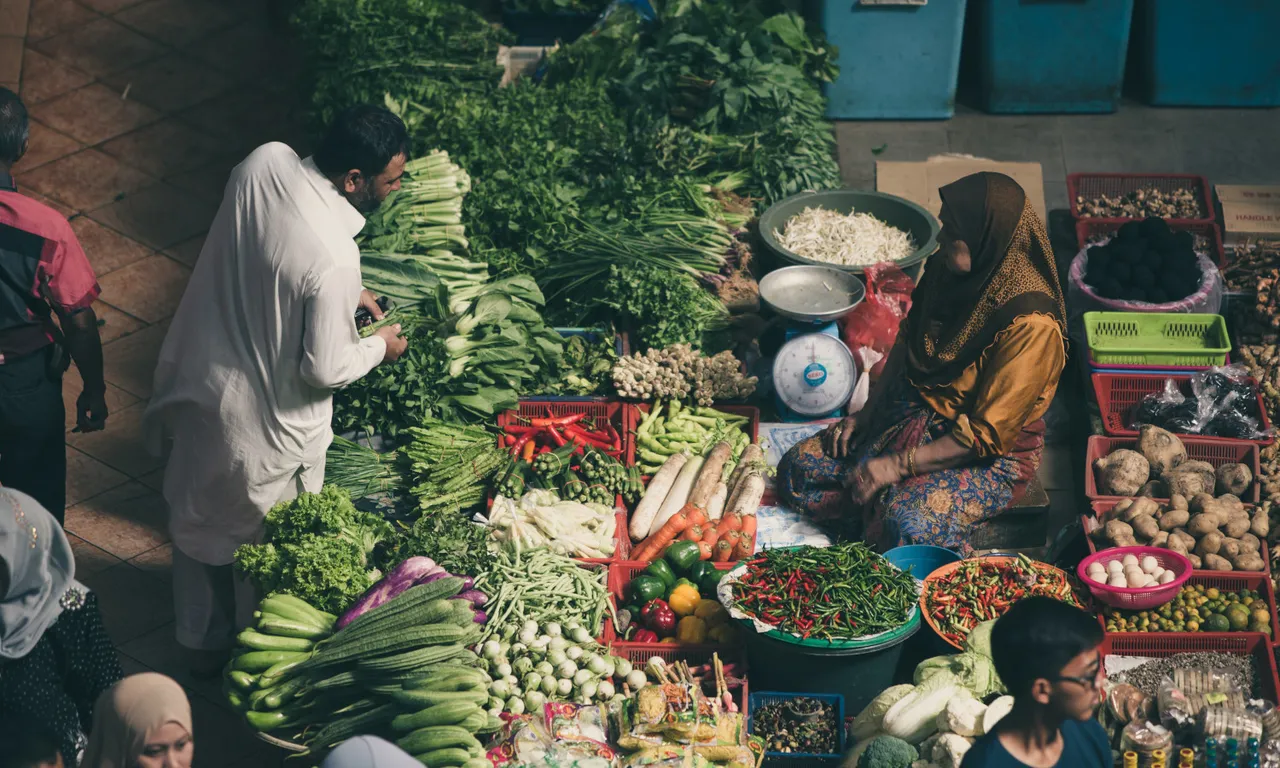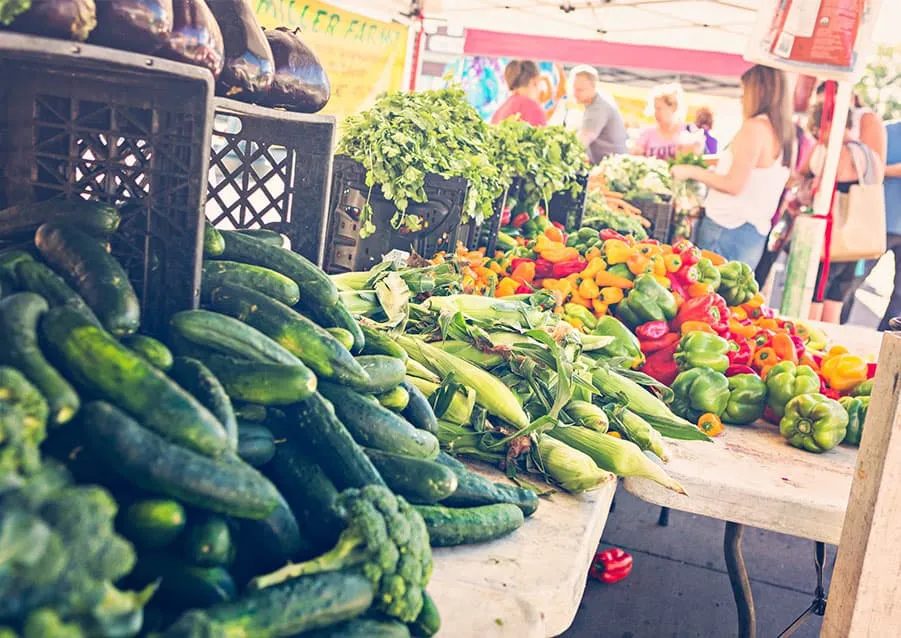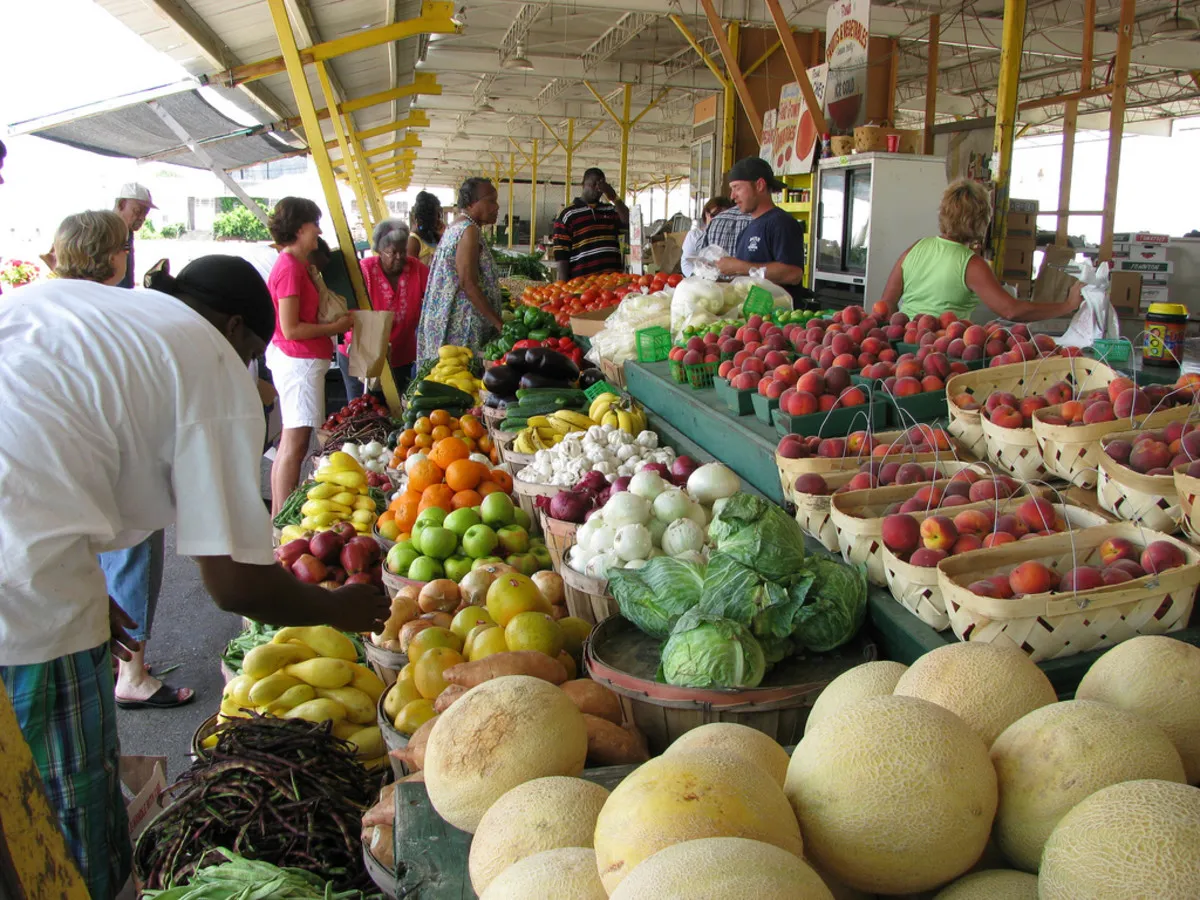The new economic reality in the world requires producing food at the lowest possible cost in order to compete in international markets, so it is absolutely necessary to look for alternatives that will allow us, in a relatively short period of time, to obtain technological packages for food production that will lead us to achieve these objectives.



▶ In the case of feeding species for meat production, this has been particularly dramatic, since the concentrated feeds that were produced are mostly made with imported inputs and based on cereal seeds that have increased their value several hundred times; in such a way that the rational and economic production of corn for forage purposes could be a viable alternative to reduce feed costs, due to its adaptability, nutritional quality and palatability.

▶ Credits: psmag – [Image of Public Domain]
≕ I invite you to stay tuned and read my next contribution ≔
The genetic improvement of corn for grain production has produced plants with a high efficiency in the translocation of photosynthates from the plant parts to the seed, so it has been possible to obtain plants of low height and reduced leaf area that allows planting a greater number of plants per hectare and thus increase yields.
But the objectives of genetic improvement of maize populations with forage vocation would go in the opposite direction, i.e., tall plants with large leaf area should be produced even if they have low efficiency of photosynthate translocation to the seed, since the plant will be consumed in an integral form.

Therefore, it is necessary to resort to local tall bearing varieties with high genetic variability to produce by conventional breeding methods superior materials that can be used quickly by farmers.
NOTE: Reference material.